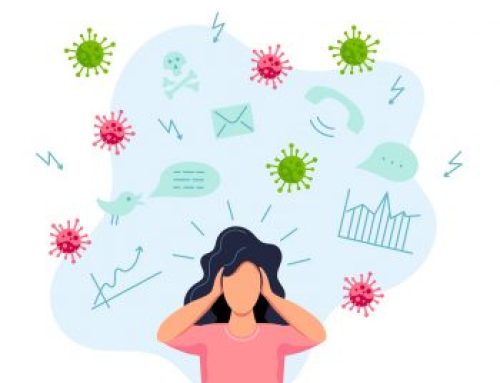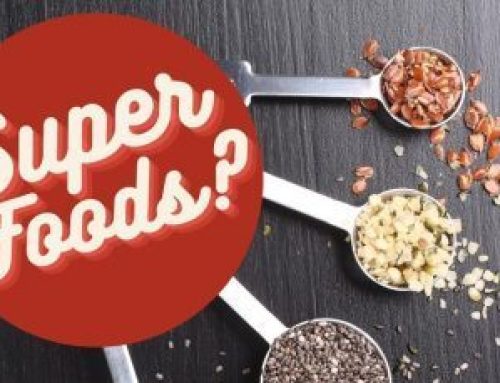The Good, The Bad and Down Right Ugly Side to Juicing.
Love ‘em or hate ‘em – everyone who’s tried juicing has an opinion about it.
There are so many ways to juice, some people like a juice a day, some take it further and join a 7 day juice retreat or do a 30 day at home cleanse.
We are a fan of juices and on every Body Retreat, you will experience a range of juices and smoothies…BUT… there is always a but isn’t there ;-)
For us juicing is part of a balanced healthy meal plan…never a food substitute. It’s a question we are asked on retreat a lot, is a juice cleanse a good thing to do?
So here we share the good, the bad and ugly
The Good
Many people don’t get enough nutrients from their diet alone, the quality of our food has changed. We eat more processed foods which rely on cheaper ingredients which may have been grown in poor soil and so are naturally not as high in nutrients. Also, we are all so time poor that it can be hard to get a wide range of vitamins, minerals and antioxidants into your every day.
Fruits and vegetables are full of vitamins, minerals, antioxidants and plant compounds that promote health and protect against disease.
Juicing can be a convenient way to increase your intake. You can take ½ a head of kale, couple of celery sticks, ½ a cucumber, and an apple and blend them all up, you’ll get about a glass of juice which will be so easy to drink. But imagine sitting down to eat all that!!!
The Bad
The main issue is that up to 90% of fibre is removed during the juicing process, depending on the juicer. Soluble fibre will remain, but the majority of insoluble fibre is removed.
Fibre helps to improve blood sugar and cholesterol levels and helps you feel fuller faster and for longer
Blending, which retains more fibre, is a better technique for obtaining higher levels of beneficial plant compounds
Furthermore, if you’re juicing with non-organic vegetables, you can end up consuming other toxins that come along with them, such as pesticides.
What you put in your juice can also make a big difference, and fruits contain much more sugar and calories than vegetables. Consuming too much fructose, one of the naturally occurring sugars in fruit, has been linked to high blood sugar, weight gain and an increased risk of type 2 diabetes …. So best to avoid those fruit based smoothies.
But don’t go mad on vegetable juices like carrot juice either as carrots and other root vegetables are very high in natural starches which are the same as the sugars in fruit.
Consuming high fructose, high starch juices and smoothies can help to elevate your taste buds desire for sweet tastes keeping you locked in a vicious sweet craving cycle in the long term.
The Ugly
Many people use juicing as a way to lose weight. As most juice “diets” involve consuming around 600–1,000 calories per day from juices only, resulting in a severe calorie deficit and rapid weight loss.
However, this is very difficult to sustain for more than a few days.
While juice diets may help you lose weight in the short-term, such a severe calorie restriction can slow your metabolism in the long-term
This is also likely to lead to nutrient deficiencies in the long-term since juices lack many important nutrients. This is because juice on its own is not nutritionally balanced since it does not contain sufficient protein or fat.
Consuming enough protein throughout the day is essential for cell health and is necessary for muscle maintenance and long-term health.
Additionally, healthy fats are important for sustained energy, hormone balance and cell membranes. They may also provide the fat-soluble vitamins A, D, E and K
The Bottom Line on Juicing
Juicing is a great way to supplement your daily diet; allowing you to increase antioxidant intake from an avalanche of vegetables that you wouldn’t otherwise consume in one day.
Think about making your juice containing raw vegetables and low sugar fruits – think: kale, celery, spinach, pear, lemon, and ginger as a start.
Enjoying a greens based juice every day is a great healthy habit to adopt but using juices as a meal replacement can be bad for your body and your long term health.
Conscious Cooking
Cook Books available on amazon
Request a callback
We understand that choosing to join us at The Body Retreat is not an impulse investment and that many women have questions or even concerns about if we are the right partner for them. So we are more than happy to jump on a quick call and answer any questions you may have.











My juicer (that had been relegated to the back of the cupboard to make room for the blender) has found a new lease of life providing flavourings for my kombucha!